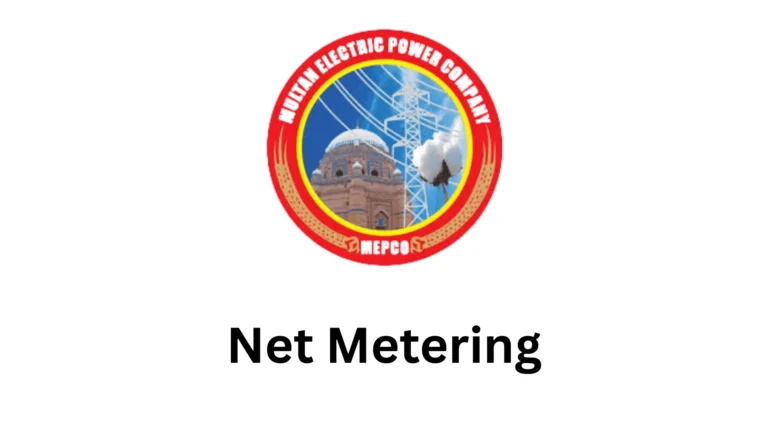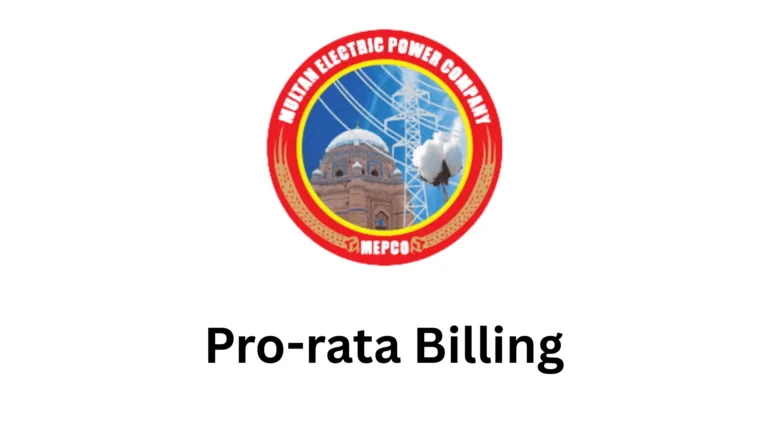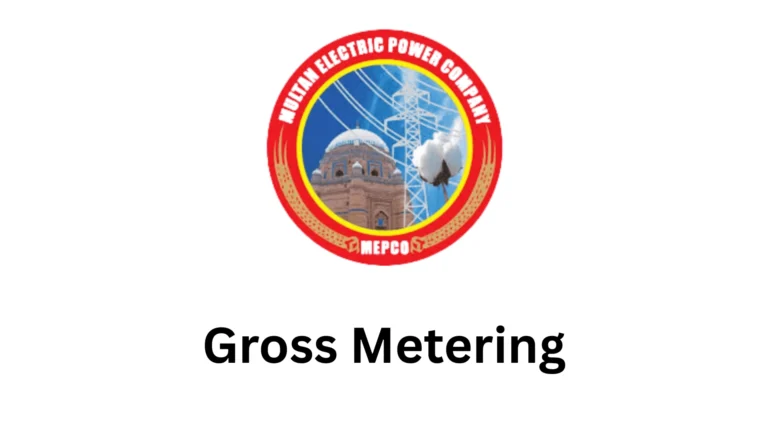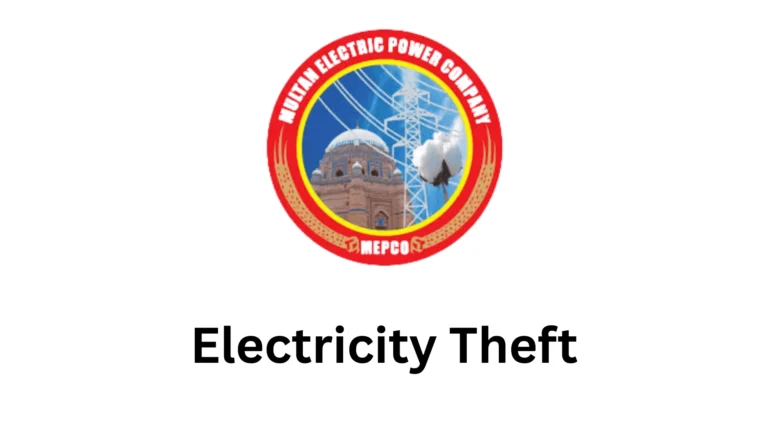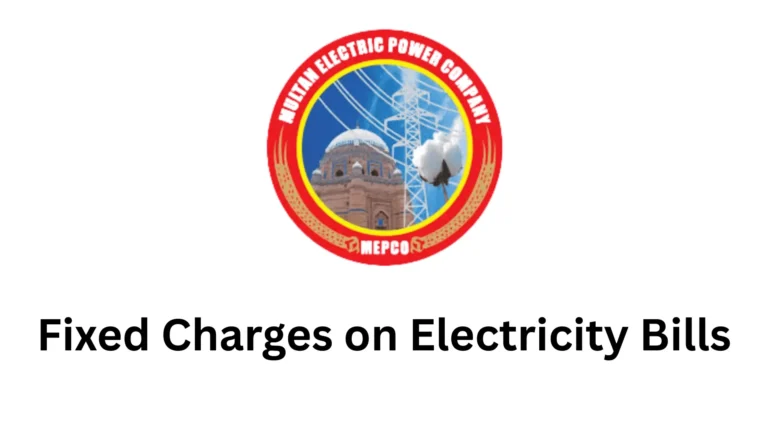Complete Guide to Protected and Non-Protected Tariffs
Electricity tariffs play a vital and important role in determining and analyzing how much households and businesses pay for their energy consumption.
In Pakistan, the government has introduced protected and non-protected tariffs for MEPCO users to ensure affordability of electricity for low-income consumers while charging higher rates from those with higher usage.
Understanding the difference between these two categories is essential for managing electricity bills effectively and accordingly.
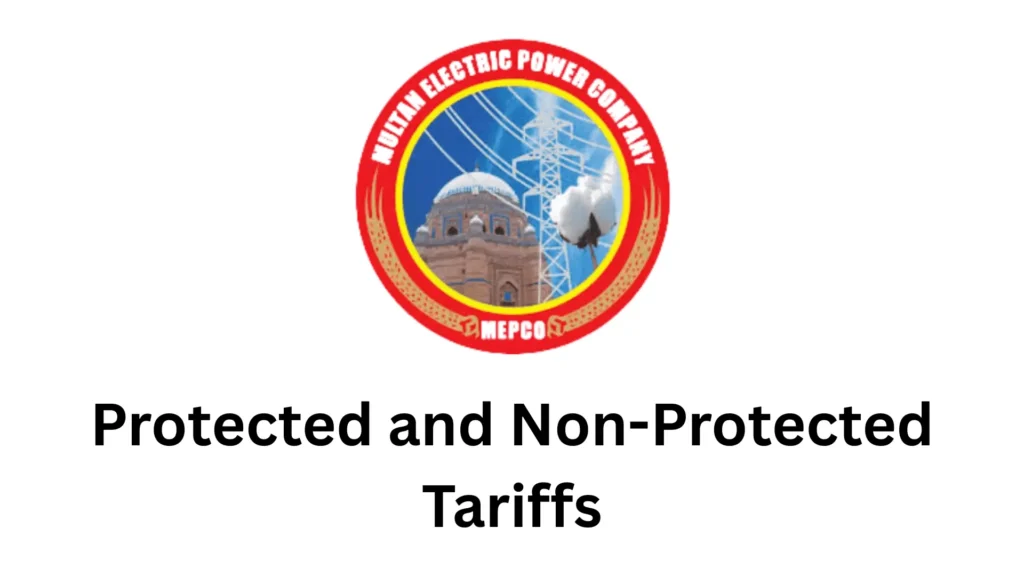
Who Are Protected Electricity Consumers?
Protected electricity consumers are those households that fall under a special category defined by the government.
Their electricity consumption is kept at a very lower rate compared to others, ensuring affordability for low-income families and ease.
Eligibility Criteria for Protected Tariffs
To qualify as a protected consumer these things are essential:
- The household’s electricity consumption must be less than or equal to 200 units per month.
- Consumption must remain within 200 units consecutively for the past 6 months.
- The electricity connection should be residential, not commercial or not industrial.
Benefits of Being a Protected Consumer
- It can be a cause of lower electricity rates compared to non-protected consumers.
- It reduced financial burden on low-income households or consumers.
- Some government subsidies to ensure affordability.
- Encouragement for energy conservation, as staying under the 200-unit limit helps in retaining protected status.
Transition to Non-Protected Tariffs
When a household no longer meets the criteria for protected tariffs, it is automatically shifted to non-protected tariffs rates.
Impact of Moving to Non-Protected Tariffs
There are following impacts of moving to non-protected tariffs:
- It can increase in per-unit cost, which results in higher electricity bills.
- It can cause loss of government subsidies.
- It can put greater pressure on household budgets.
Common Reasons for Transition
There are following common reasons for transition:
- By exceeding the 200 units limit in one or more months.
- By Increasing household usage due to additional appliances.
- Due to seasonal consumption spikes (e.g., fans, ACs, or heaters).
- Or for the mismanagement or lack of awareness about monthly usage.
Detailed Breakdown of Protected and Non-Protected Tariffs
Protected Tariffs
It is only applicable to those consumers who use ≤ 200 units monthly. With significantly lower unit rates. It also supports government subsidies.
This is designed for low-income and vulnerable households. To pay their bill easily without any hindrance.
Non-Protected Tariffs
It is applicable to those consumers using > 200 units monthly. With Higher per-unit charges with slab-based billing.There is no subsidies for such consumers they pay actual market rates.
It covers medium- and high-income households with greater consumption of electricity.
Strategies to Manage High Electricity Bills
There are following strategies to manage high electricity bills:
Energy-Saving Practices at Home
Switch off all lights, fans, and appliances when not in use in daily life in houses. Use natural daylight instead of electric bulbs during daytime.
Limit excessive use of air conditioners and heaters. It will reduce your electricity bills.
Use of Energy-Efficient Appliances
Invest smartly in inverter-based ACs, refrigerators, and washing machines.Replace traditional bulbs with LED lights.Opt for appliances with an energy efficiency rating.
Monitoring Monthly Consumption
Regularly track your electricity meter for reading. Stay aware of unit consumption to avoid crossing 200 units monthly.Use online apps or SMS services to monitor usage.
Exploring Renewable Energy Options
Install solar panels to reduce direct dependency on grid electricity. Consider net metering for selling surplus electricity back to the grid and gain back when it is needed from MEPCO.
Explore small-scale renewable solutions like solar water heaters.
Related Topics
FAQs
Conclusion
Understanding the difference between protected and non-protected tariffs is crucial for managing electricity costs effectively for low income consumers.
Households consuming up to 200 units can benefit from lower rates under the protected category, while exceeding this limit results in higher non-protected tariffs.
By practicing energy-saving habits, using efficient appliances, and exploring renewable energy, consumers can significantly reduce their monthly bills and maintain affordability with ease in life.

